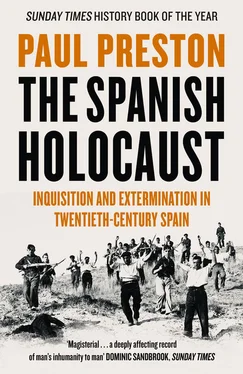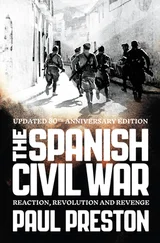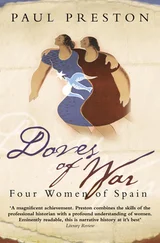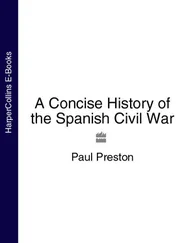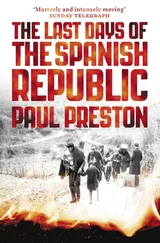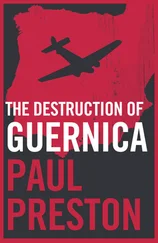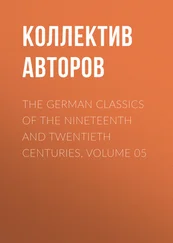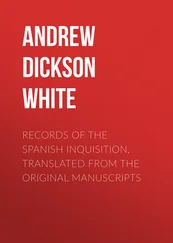For the Republican–Socialist cabinet, the subversive activities of the CNT constituted rebellion. For the CNT, legitimate strikes and demonstrations were being crushed by dictatorial methods indistinguishable from those used by the monarchy. On 21 July 1931, the cabinet agreed on the need for ‘an urgent and severe remedy’. Maura outlined a proposal for ‘a legal instrument of repression’ and the Socialist Minister of Labour, Francisco Largo Caballero, proposed a decree to make strikes illegal. The two decrees would eventually be combined on 22 October into the Law for the Defence of the Republic, a measure enthusiastically supported by the Socialist members of the government not least because it was perceived as directed against their CNT rivals. 9It made little difference to the right, which perceived the violent social disorder of the anarchists as characteristic of the entire left, including the Socialists who denounced it and the Republican authorities who crushed it.
What mattered to the right was that the Civil Guard and the army lined up in defence of the existing economic order against the anarchists. Traditionally, the bulk of the army officer corps perceived the prevention of political and economic change as one of its primordial tasks. Now, the Republic would attempt to reform the military, bringing both its costs and its mentalities into line with Spain’s changed circumstances. A central part of that project would be the streamlining of a massively swollen officer corps. The tough and uncompromising colonial officers, the so-called Africanistas, having benefited from irregular and vertiginous battlefield promotions, would be the most affected. Their opposition to Republican reforms would inaugurate a process whereby the violence of Spain’s recent colonial history found a route back into the metropolis. The rigours and horrors of the Moroccan tribal wars between 1909 and 1925 had brutalized them. Morocco had also given them a beleaguered sense that, in their commitment to fighting to defend the colony, they alone were concerned with the fate of the Patria. Long before 1931, this had developed into a deep contempt both for professional politicians and for the pacifist left-wing masses that the Africanistas regarded as obstacles to the successful execution of their patriotic mission.
The repressive role of both the army and the Civil Guard in Spain’s long-standing social conflicts, particularly in rural areas, was perceived as central to that patriotic duty. However, between 1931 and 1936, several linked factors would provide the military with pervasive justifications for the use of violence against the left. The first was the Republic’s attempt to break the power of the Catholic Church. On 13 October 1931, the Minister of War, and later Prime Minister and President, Manuel Azaña, stated that ‘Spain has ceased to be Catholic.’ 10Even if this was true, Spain remained a country with many pious and sincere Catholics. Now, the Republic’s anti-clerical legislation would provide an apparent justification for the virulent enmity of those who already had ample motive to see it destroyed. The bilious rhetoric of the Jewish–Masonic–Bolshevik conspiracy was immediately pressed into service. Moreover, the gratuitous nature of some anti-clerical measures would help recruit many ordinary Catholics to the cause of the rich.
The religious issue would nourish a second crucial factor in fostering right-wing violence. This was the immensely successful propagation of theories that left-wingers and liberals were neither really Spanish nor even really human and that, as a threat to the nation’s existence, they should be exterminated. In books that sold by the tens of thousands, in daily newspapers and weekly magazines, the idea was hammered home that the Second Republic was foreign and sinister and must be destroyed. This notion, which found fertile ground in right-wing fear, was based on the contention that the Republic was the product of a conspiracy masterminded by Jews, and carried out by Freemasons through left-wing lackeys. The idea of this powerful international conspiracy – or contubernio (filthy cohabitation), one of Franco’s favourite words – justified any means necessary for what was presented as national survival. The intellectuals and priests who developed such ideas were able to connect with the latifundistas’ hatred for the landless day-labourers or jornaleros and the urban bourgeoisie’s fear of the unemployed. The Salamanca landowner Gonzalo de Aguilera y Munro, like many army officers and priests, was a voracious reader of such literature. 11
Another factor which fomented violence was the reaction of the landowners to the Second Republic’s various attempts at agrarian reform. In the province of Salamanca, the leaders of the local Bloque Agrario, the landowners’ party, Ernesto Castaño and José Lamamié de Clairac, incited their members not to pay taxes nor to plant crops. Such intransigence radicalized the landless labourers. 12Across the areas of great estates (latifundios) in southern Spain, Republican legislation governing labour issues in the countryside was systematically flouted. Despite the decree of 7 May 1931 of obligatory cultivation, unionized labour was ‘locked out’ either by land being left uncultivated or by simply being refused work and told to comed República (literally ‘eat the Republic’, which was a way of saying ‘let the Republic feed you’). Despite the decree of 1 July 1931 imposing the eight-hour day in agriculture, sixteen-hour working days from sun-up to sun-down prevailed with no extra hours being paid. Indeed, starvation wages were paid to those who were hired. Although there were tens of thousands of unemployed landless labourers in the south, landowners proclaimed that unemployment was an invention of the Republic. 13In Jaén, the gathering of acorns, normally kept for pigs, or of windfall olives, the watering of beasts and even the gathering of firewood were denounced as ‘collective kleptomania’. 14Hungry peasants caught doing such things were savagely beaten by the Civil Guard or by armed estate guards. 15
Their expectations raised by the coming of the new regime, the day-labourers were no longer as supine and fatalistic as had often been the case. As their hopes were frustrated by the obstructive tactics of the latifundistas, the desperation of the jornaleros could be controlled only by an intensification of the violence of the Civil Guard. The ordinary Civil Guards themselves often resorted to their firearms in panic, fearful of being outnumbered by angry mobs of labourers. Incidents of the theft of crops and game were reported with outrage by the right-wing press. Firearms were used against workers, and their deaths were reported with equal indignation in the left-wing press. In Corral de Almaguer (Toledo), starving jornaleros tried to break a local lock-out by invading estates and starting to work them. The Civil Guard intervened on behalf of the owners, killing five workers and wounding another seven. On 27 September 1931, for instance, in Palacios Rubios near Peñaranda de Bracamonte in the province of Salamanca, the Civil Guard opened fire on a group of men, women and children celebrating the successful end to a strike. The Civil Guard began to shoot when the villagers started to dance in front of the parish priest’s house. Two workers were killed immediately and two more died shortly afterwards. 16Immense bitterness was provoked by the case. In July 1933, on behalf of the Salamanca branch of the UGT landworkers’ federation (Federación Nacional de Trabajadores de la Tierra), the editor of its newspaper Tierra y Trabajo, José Andrés y Mansó, brought a private prosecution against a Civil Guard corporal, Francisco Jiménez Cuesta, on four counts of homicide and another three of wounding. Jiménez Cuesta was successfully defended by the leader of the authoritarian Catholic party, the CEDA, José María Gil Robles. Andrés y Mansó would be murdered by Falangists at the end of July 1936. 17
Читать дальше
